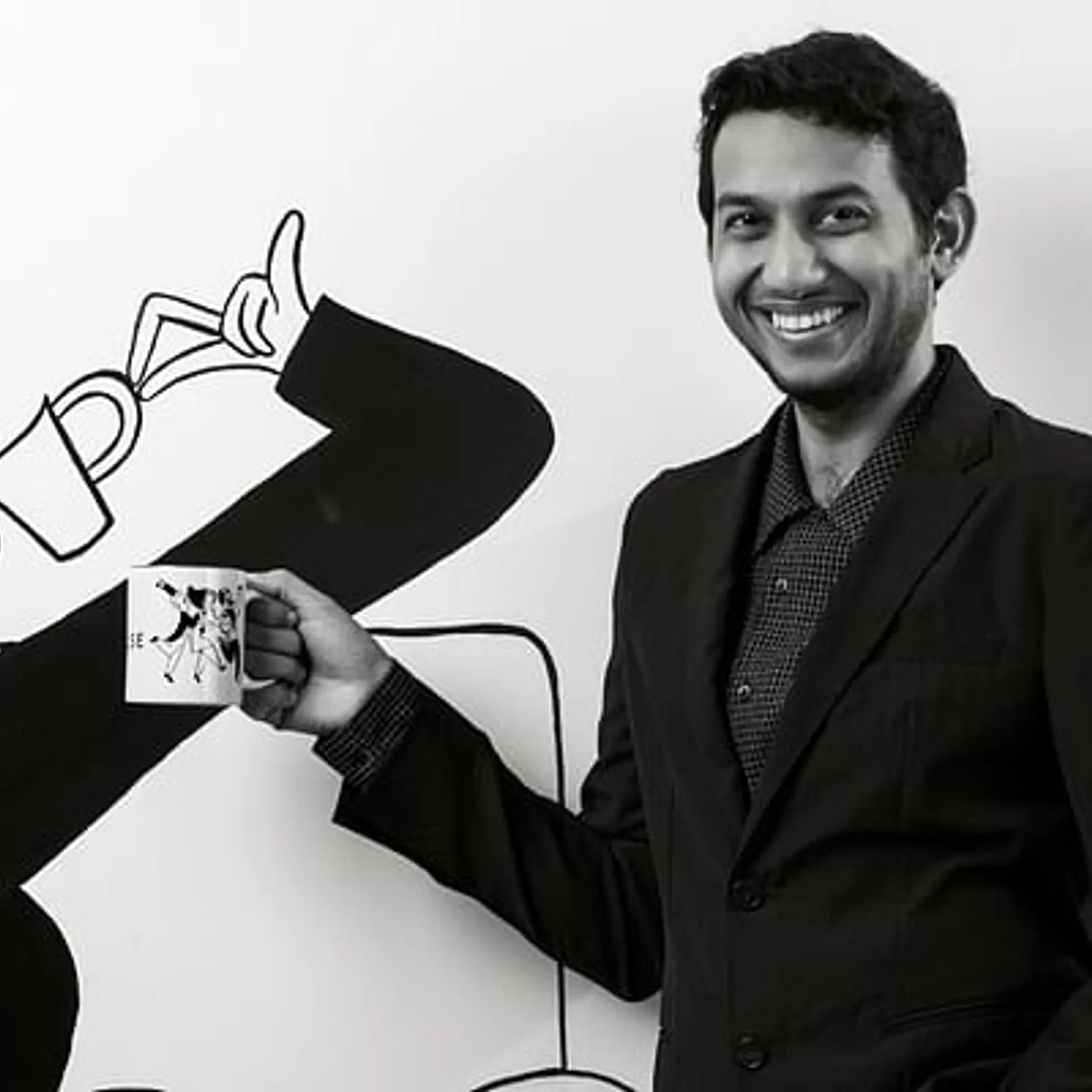Google feature to allow measuring heart rate, respiratory rate through cell phones
Google Fit will allow you to measure your heart rate and respiratory rate using just your phone's camera. These features will be available in the Google Fit app for Pixel phones, with plans to expand to more Android devices, said Shwetak Patel, Director of Health Technologies, Google Health.
Two vital signs commonly used to assess health and wellness - heart rate and respiratory rate - can now be measured using a cell phone, Google has said, announcing that starting next month, these features will be available in the Google Fit app for Pixel phones.
It uses a smartphone camera and a computer vision technique called optical flow to detect respiratory rate via subtle movements in the chest for measuring respiratory rate.
For the heart rate, it uses a smartphone camera to detect subtle colour changes in the fingertip that happen when freshly oxygenated blood flows from your heart through your body.
Starting next month, Google Fit will allow you to measure your heart rate and respiratory rate using just your phone's camera. These features will be available in the Google Fit app for Pixel phones, with plans to expand to more Android devices, said Shwetak Patel, director of Health Technologies, Google Health, on a Google blog post on Thursday.
To measure your respiratory rate, you just need to place your head and upper torso in view of your phone's front-facing camera and breathe normally. To measure your heart rate, simply place your finger on the rear-facing camera lens, he said.
While these measurements aren't meant for medical diagnosis or to evaluate medical conditions, Patel hoped that they can be useful for people using the Google Fit app to track and improve day-to-day wellness.
Once the measurements are made, one can choose to save them in the app to monitor trends over time, alongside other health and wellness information.
Before launching the product for respiratory rate, Google has already completed initial clinical validation examining accuracy among healthy individuals as well as those with respiratory conditions that might impact measurement.
Its algorithm is said to be accurate within one breath per minute on average on both groups. These features are also comparable to clinical grade devices.
The process used to detect heart rate is called photoplethysmography (PPG), which usually is picked up using specialised sensors.
Google has already completed initial clinical validation examining the algorithm's performance among people with different skin types, according to Fitzpatrick scale. Its algorithm is said to be accurate within two per cent on average across all categories.
Focused on making this feature work for as many users as possible, Google has completed initial clinical validation with people of different health status, in different ambient lighting, different skin tones, as well different heart rate ranges like users sitting at rest, users elevating their heart rate by briefly exercising.
Google plans to share these results in a preprint publication in the coming weeks, and seek publication in a peer reviewed journal.
In his blog post, Patel said that thanks to increasingly powerful sensors and advances in computer vision, these features lets one use smartphone's camera to track tiny physical signals at the pixel level, like chest movements, to measure their respiratory rate and subtle changes in the colour of fingers for their heart rate.
We developed both features and completed initial clinical studies to validate them so they work in a variety of real-world conditions and for as many people as possible. For example, since our heart rate algorithm relies on approximating blood flow from colour changes in someone's fingertip, it has to account for factors such as lighting, skin tone, age and more in order to work for everyone, Patel said.
Edited by Anju Narayanan








